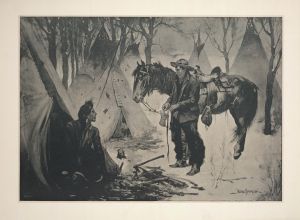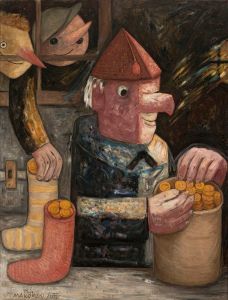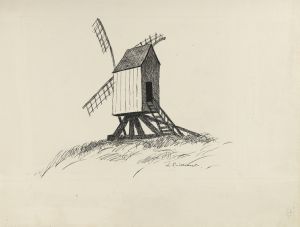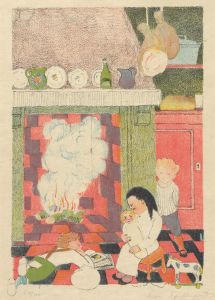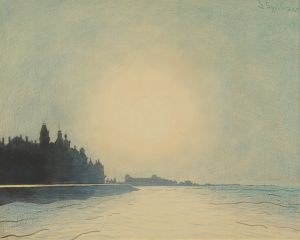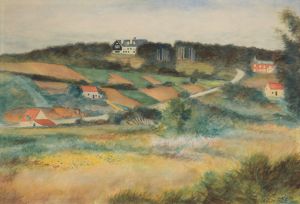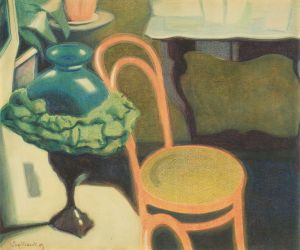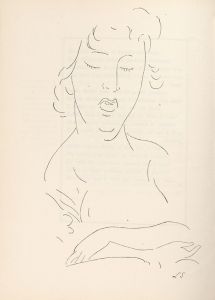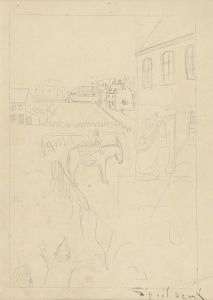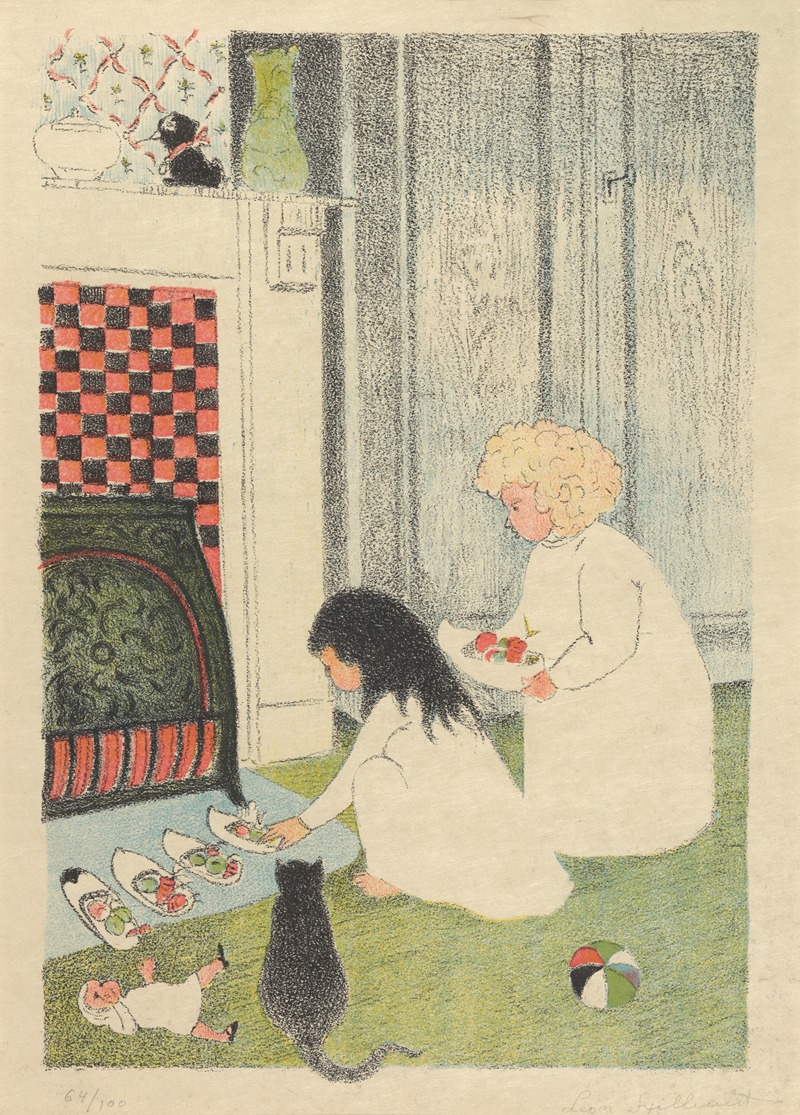
La veille de Saint-Nicolas. Les sabots devant l’âtre
A hand-painted replica of Léon Spilliaert’s masterpiece La veille de Saint-Nicolas. Les sabots devant l’âtre, meticulously crafted by professional artists to capture the true essence of the original. Each piece is created with museum-quality canvas and rare mineral pigments, carefully painted by experienced artists with delicate brushstrokes and rich, layered colors to perfectly recreate the texture of the original artwork. Unlike machine-printed reproductions, this hand-painted version brings the painting to life, infused with the artist’s emotions and skill in every stroke. Whether for personal collection or home decoration, it instantly elevates the artistic atmosphere of any space.
Léon Spilliaert (1881–1946) was a Belgian symbolist painter and graphic artist known for his unique style that often conveyed a sense of mystery and introspection. One of his notable works is "La veille de Saint-Nicolas. Les sabots devant l’âtre," which translates to "The Eve of Saint Nicholas. The Clogs in Front of the Hearth." This painting is a reflection of Spilliaert's ability to capture the essence of anticipation and tradition associated with the celebration of Saint Nicholas Day, a significant cultural event in many European countries, particularly in Belgium.
The painting depicts a scene that is both intimate and evocative, focusing on the tradition of placing shoes or clogs by the fireplace on the eve of Saint Nicholas Day. This custom is part of the festivities where children leave their shoes out in hopes of finding them filled with gifts and sweets the next morning, brought by Saint Nicholas. Spilliaert's work captures this moment of expectation and wonder, a theme that resonates with the innocence and excitement of childhood.
Spilliaert's style is characterized by his use of muted colors and stark contrasts, often employing a limited palette to create a sense of depth and mood. In "La veille de Saint-Nicolas," he uses these techniques to evoke a quiet, contemplative atmosphere. The dimly lit room, the glow of the hearth, and the simple presence of the clogs suggest a narrative that is both personal and universal, inviting viewers to reflect on their own memories of childhood traditions.
Throughout his career, Spilliaert was influenced by the symbolist movement, which sought to express the emotional and spiritual through art. His works often explore themes of solitude, introspection, and the passage of time. "La veille de Saint-Nicolas" fits within this context, as it not only portrays a specific cultural practice but also delves into the emotions associated with waiting and the passage from childhood to adulthood.
Spilliaert's work is often noted for its psychological depth and the way it captures the intangible aspects of human experience. His ability to convey mood and emotion through composition and color is evident in this painting, as he transforms a simple domestic scene into a moment of quiet reflection. The painting invites viewers to engage with the cultural and emotional layers embedded within the tradition of Saint Nicholas Day.
Léon Spilliaert's contributions to art extend beyond his paintings, as he was also known for his graphic work and illustrations. His unique vision and ability to capture the essence of his subjects have earned him a place among the notable artists of the early 20th century. "La veille de Saint-Nicolas. Les sabots devant l’âtre" remains a testament to his skill in blending cultural narrative with personal introspection, making it a significant piece in understanding both his oeuvre and the cultural context of his time.






